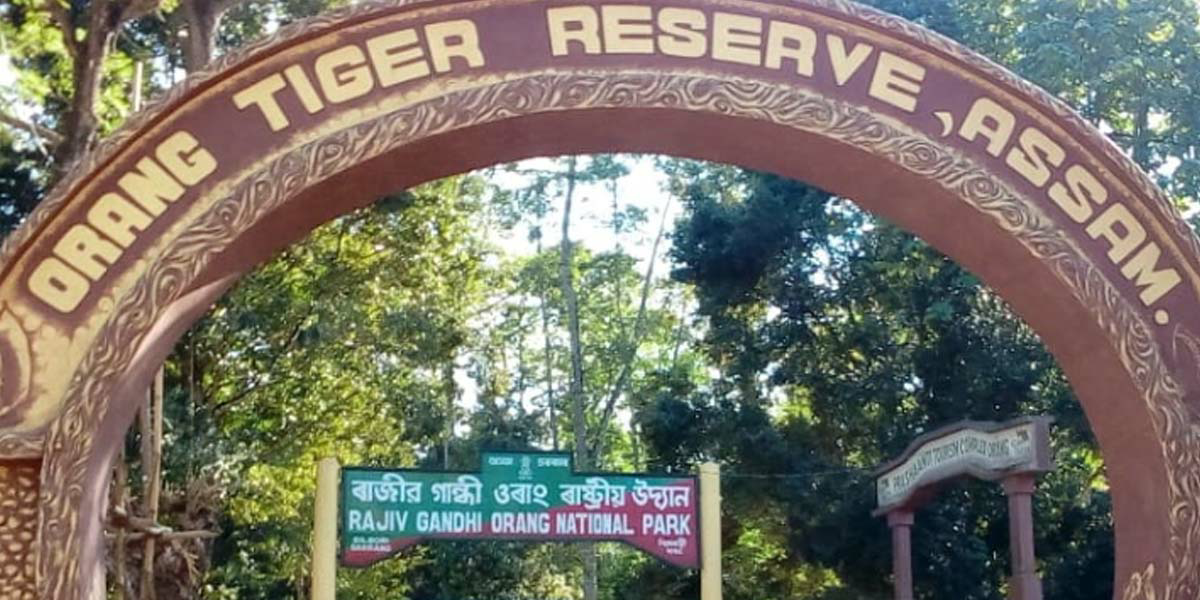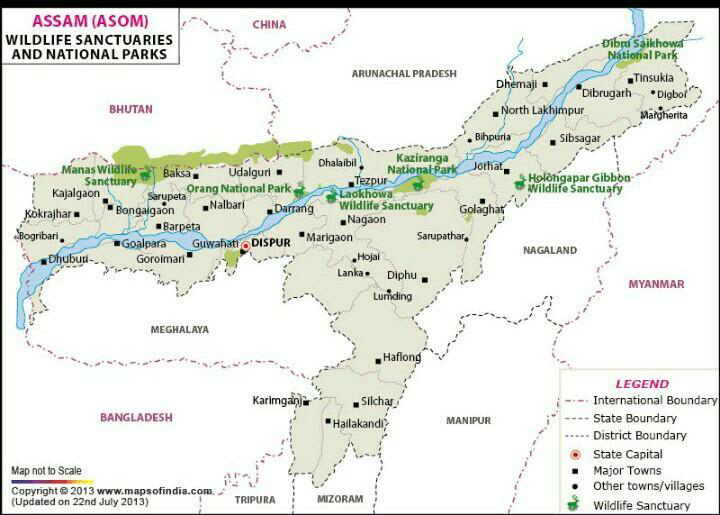Free Courses Sale ends Soon, Get It Now


Free Courses Sale ends Soon, Get It Now



Copyright infringement is not intended
Context: Orang National Park is expanded tiger reserve to see return of gharials in Assam.
More about news:
Why there is need to revive gharials population in Assam?
About Orang National Park:
Other Protected areas in Assam:

About gharials:
Conservation Status:
Habitat:
Threats:
Conservation efforts in India:
Protected areas for gharial in India:
© 2024 iasgyan. All right reserved